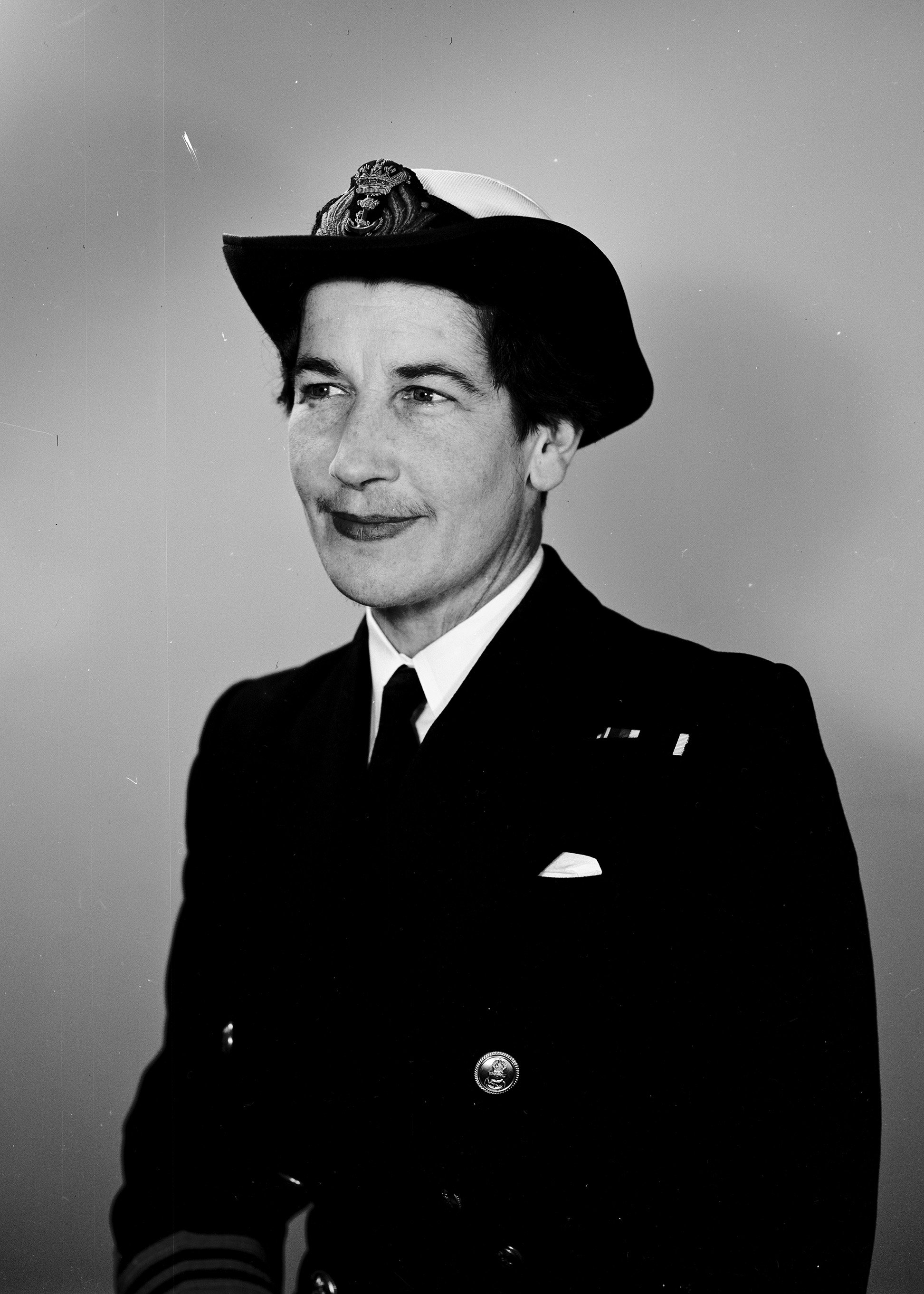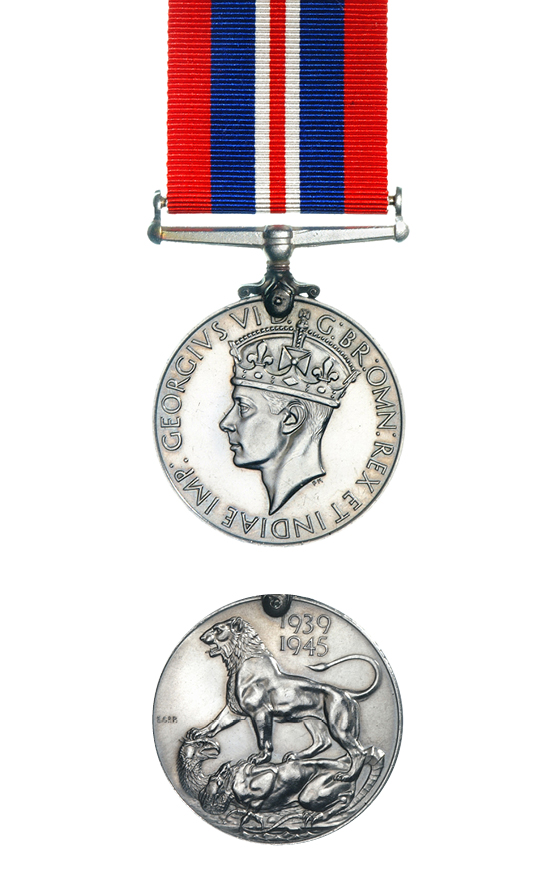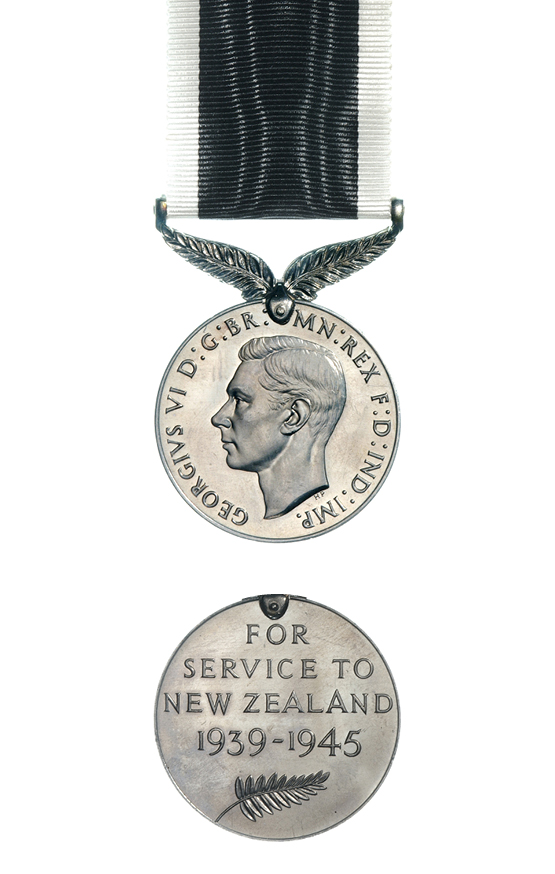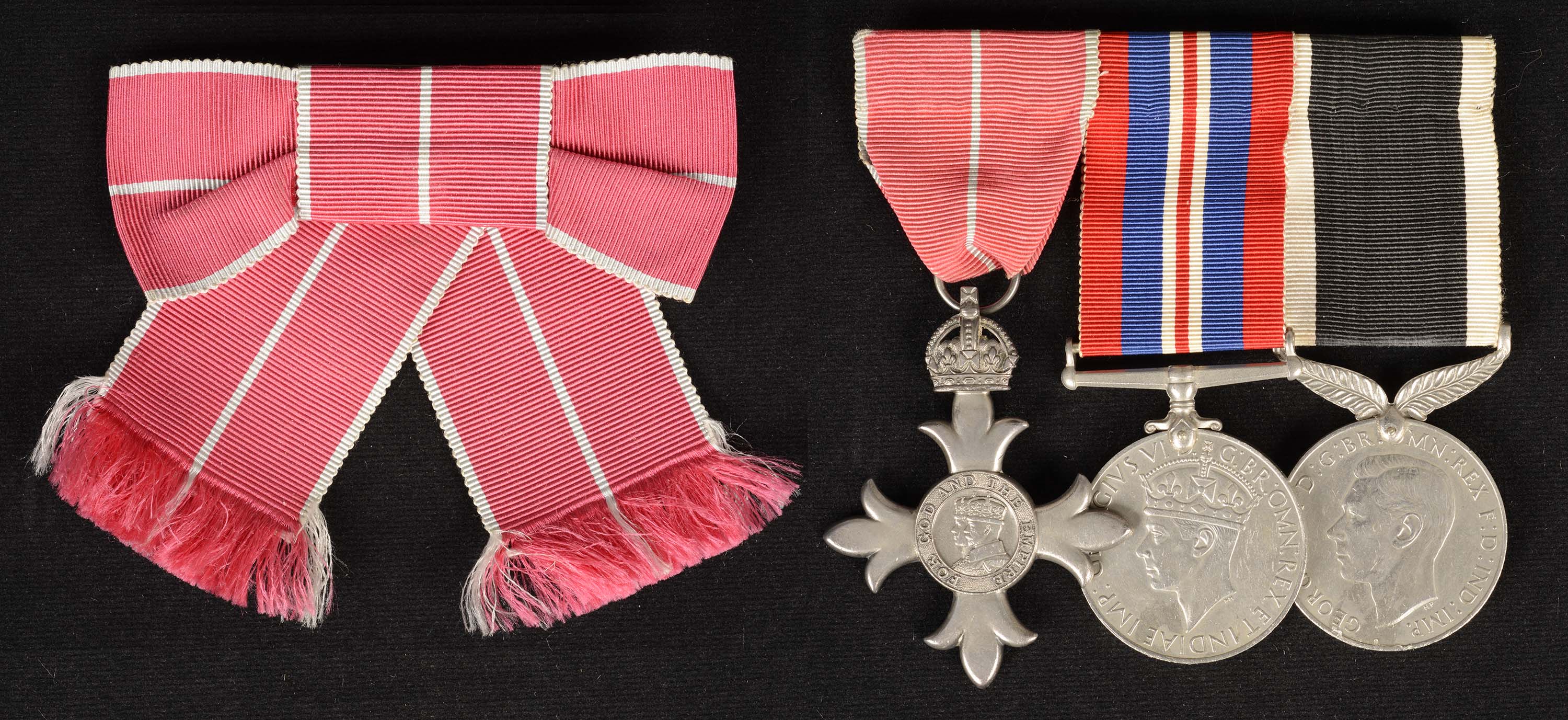

Display No. 16A
LORD (nee CORBIN), Lorelle Henderson
Lorelle Corbin joined the Women’s Royal New Zealand Naval Service (WRNZNS) in October 1942 as a Clerk and Typist. She was part of the first intake of the newly established service. In September 1943 Corbin was granted a commission as a 4th Officer and assigned to duty in the Auckland area, where she assisted in the administration of 200 Wrens. In July of 1945 Corbin was one of two Wrens chosen to train for service with the British Pacific Fleet, but due to the surrender of Japan in September she did not see overseas service. Her next posting was as the Personal Assistant to the Chief of Naval Staff in Wellington, where she was promoted to 3rd Officer. In 1946 Corbin was the commander of the WRNZS contingent to the Victory Parade in London, and one of only twelve Wrens chosen to attend. By the end of that year the WRNZNS was disbanded.
However, just a year later Corbin was invited to re-establish the WRNZNS. Reforming the WRNZNS would prove to be a difficult task, as the WRNZNS were initially thought be just a temporary measure for the personnel shortage. However, Corbin’s leadership was commended and in 1956 she was appointed a Member of the Most Excellent Order of the British Empire for her service to the Royal New Zealand Navy and the WRNZNS. She was officially given the rank of Director of the WRNZS in 1954 with the promotion to 1st Officer, serving in this role till her retirement in 1963. By the end of her service, Corbin was the last Wren still in service who had also served during the Second World War.
Awarded medal(s)
Medal Description [Left to Right]:
Member of the Most Excellent Order of the British Empire (MBE)

Established by King George V in 1917 for services to the British Empire. The Order has five classes: Knight and Dame Grand Cross (GBE), Knight Commander and Dame Commander (KBE / DBE), Commander (CBE), Officer (OBE) and Member (MBE). The MBE badge is in frosted silver. In December 1918, the Order was split into two divisions: a Civil Division for civilian recipients; and a Military Division for awards to commissioned officers and warrant officers for distinguished service in action. The insignia of the Civil and Military Divisions is distinguished only by the ribbon, the military award having a narrow central stripe. Prior to the introduction of the New Zealand Order of Merit in 1996, the Order of the British Empire was the most common honour awarded to New Zealand military personnel.
The War Medal 1939-1945

The War Medal 1939-45 was awarded across the British Commonwealth to all full-time members of the Armed Forces in the Second World War for 28 days service between 3 September 1939 and 2 September 1945, irrespective of where they were serving. The ribbon is the red, white, and blue of the (British) Union Flag. There is a narrow central red stripe with a narrow white stripe on either side. There are broad red stripes at either edge, the two intervening stripes being blue.
A bronze oak leaf on the medal ribbon denotes that the recipient was Mentioned in Despatches. To be Mentioned in Despatches a member of the armed forces had their name mentioned in an official report, written by a superior officer, and sent to a higher command. The report would describe the individual’s gallant or meritorious action in the face of the enemy.
The New Zealand War Service Medal

The New Zealand War Service Medal was awarded for 28 days’ full time service or six months’ part time service in the Second World War in any of the New Zealand Armed Forces including the Reserves, Naval Auxiliary Patrol Service, or Home Guard, between 3 September 1939 and 2 September 1945.

